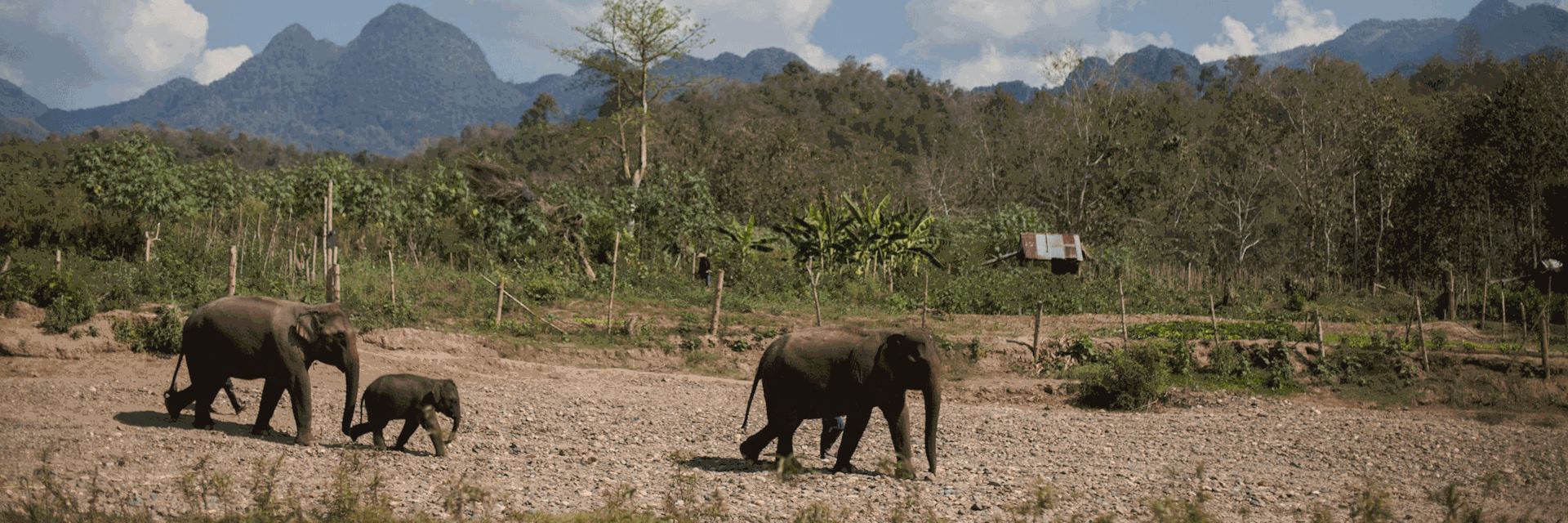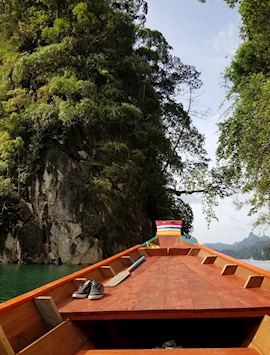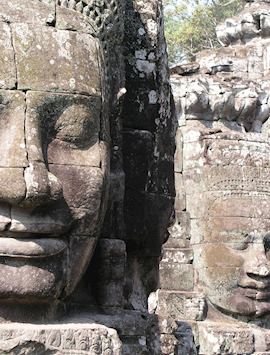With a team of staff who have lived, worked and journeyed across the world, we’re passionate about the countries we travel to — you’ll sometimes find our India specialists trying to master the perfect chai in the kitchen, or members of the marketing team camping outside to raise money for our charity of the year.
We’re committed to taking a responsible approach to travel and we want to ensure that your visit has a positive effect. One key area for concern is the welfare of captive elephants in tourism, and we’ve already stopped offering experiences that involve riding elephants. Over the last year, as part of a wider focus on animal welfare, we’ve reviewed all the elephant experiences we offer.
It’s been a robust approach, with an internal team that includes a steering group working under the guidance of an external expert. After lots of discussions, we’ve drawn up a set of guidelines to ensure that we only offer experiences with associations whose primary purpose is the welfare of the elephant.
You can read these guidelines in more detail here.
We’re continuously seeking out experiences that mirror our ethos, and invariably find that these are the most rewarding. Our Southeast Asia team have selected their top three elephant experiences to show you how you can support these gentle creatures, whether it be tracking them through the Thai jungle or helping chop up their food in a Cambodian sanctuary.
Spend the day at MandaLao Elephant Conservation, Luang Prabang, Laos by Katie
Just 30-minutes’ drive from Luang Prabang, MandaLao sits at the end of a dirt road on the banks of a narrow tributary of the Mekong. The sanctuary looks after elephants who have spent the majority of their lives working in Laos’ logging camps. Unable to be rehabilitated into the wild, the elephants are cared for in the surrounding semi-wild jungle, by their mahouts.
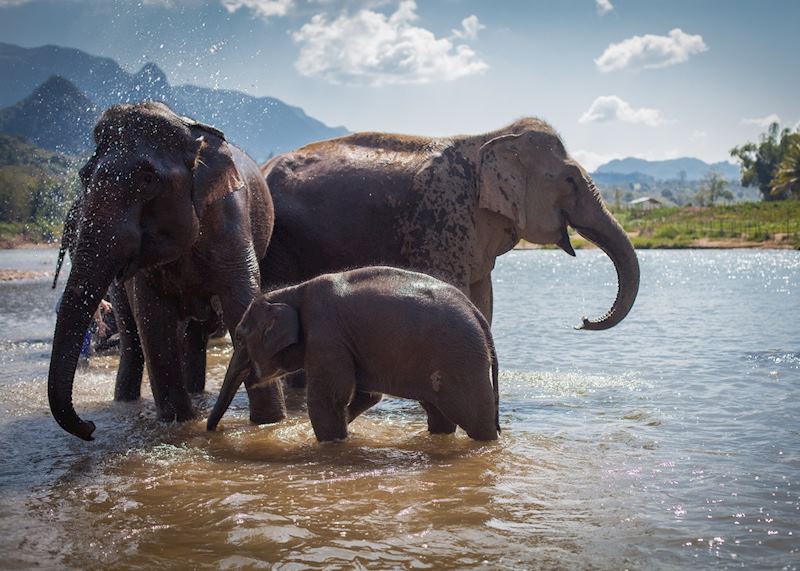
On arrival, you’ll be welcomed with an introductory session to explain more about the camp and its residents. Project Director Prasop Tipprasert has been pioneering positive reinforcement training here, which means that mahouts don’t need to use uncomfortable bull hooks or chains. I tried to learn a few of the vocal commands, although I’m not sure they paid me any attention when I tested it out later.
It’s then time to step into a longtail boat and cross the river to find the elephants. With a large swathe of forest to roam, you need to be prepared for a steep hike (the tastiest vegetation is toward the top of the hills, apparently).
My small group (they keep the visitor numbers limited) had just clambered up a steep jungle-shrouded flank when a series of dark shapes loomed on the horizon. We were welcomed by the elephants’ mahouts and simply watched as the elephants languidly grazed.
We walked alongside the herd as they traipsed down to the river. Here, staff waited with huge baskets of bamboo, pineapples and banana leaves for lunch, which were quickly demolished. You can help to hand out the food before sitting down to watch as they bathe and play in the river.
The experience finishes with a late lunch (for the humans), served in MandaLao’s restaurant, which overlooks the surrounding farmland. Dishes are made from produce grown in their organic garden and include traditional Laotian specialities including name khao tod (crunchy rice salad) and noodle soup.
If you’d like a less challenging trek, MandaLao also offer a selection of alternative options, which range from a few hours to full-day experiences.
Elephant Valley Project, Mondulkiri, Cambodia By Will
Most elephant sanctuaries I’ve visited have been designed for the humans who come to visit. But the Elephant Valley Project (EVP) in Mondulkiri Province, eastern Cambodia, is planned around its residents. There are no chains, feeding pens or visitors queuing up for rides. Instead, the elephants roam freely within a vast swathe of jungle.
The EVP aims to provide somewhere working elephants can come to rest and retire. While these middle-aged elephants can’t be released into the wild, the programme focuses on letting them slowly regain natural behaviour and social interactions. The EVP also provide support and veterinary care for Cambodia’s wild herds.
To visit the project in this rural part of eastern Cambodia, it’s a full day’s drive from Phnom Penh. You can either stay in one of the EVP’s own simple wooden bungalows, or in the small village of Sen Monorom nearby. I suggest staying two nights to give you a full day with the elephants, and it’s important to note that the EVP is closed to visitors over the weekend.
When you arrive, you’ll hike into the Cambodian jungle to spend the day shadowing the elephants with their mahouts, with a stop for a Khmer lunch of red beef curry and fish amok (steamed fish). As the day is dictated by the elephants, it can involve a long walk to find them, but the opportunity to see them munching bamboo and bathing in the dust in a natural environment is worth it.
The mahouts were eager to discuss each elephant’s story, as well as explaining some of their personality quirks. Ruby, one of the smallest females, has spent most of her life working in the logging industry and was walked 60 km (37 miles) from her village to EVP by the team to retire.
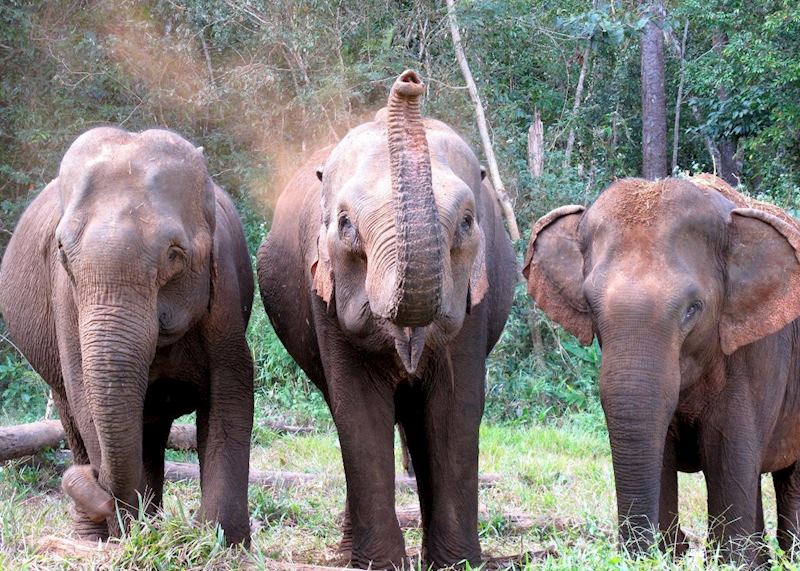
Kui Buri National Park, Thailand by Hannah
Thailand is well known for its elephant sanctuaries. But, if you’re prepared to put in a bit of effort, it’s still possible to see them in the wild.
Kui Buri National Park in central Thailand has a healthy population of around 250 wild elephants. The forest-covered Tenasserim Hills create a natural arena where you can view the elephants, as well gaurs, langurs, leopards, bantengs and a long list of birdlife.
The park is a four to five-hour drive from Bangkok, but as few people make the effort, you’ll be rewarded with swathes of forest to yourself. There are no private-pool lodges or restaurants here, instead you’ll stay in a locally owned guesthouse in Ruam Thai village, a farming community that lives along the park boundary.
To protect the elephants, access into the park is limited to a set route, which you’ll follow in an open-top 4x4. You’ll be accompanied by a guide and local ranger. When we set off, I asked my guide the likelihood of seeing elephants, he laughed and said he’s been out over 250 times and seen them every time. Although, he was quick to add that ‘there might be an unlucky day’.
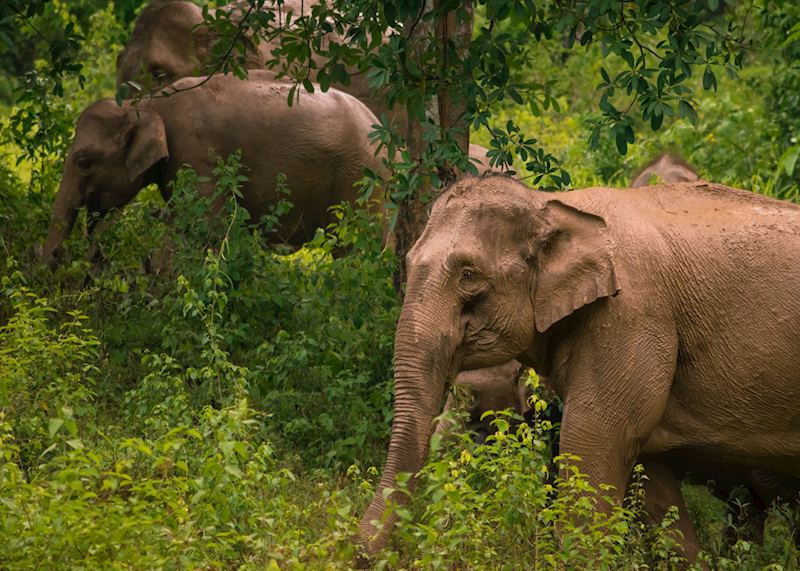
There are a number of points in the park where the vehicle stops, and you’re allowed to step out. While sightings are extremely common, you’re not here for an up-close encounter. Instead, you’re looking to (with any luck) observe the herd from one of the viewing platforms.
We journeyed to the viewing point built in the deepest point of the park, where, down in the long grass, I could see a herd exceeding 40 elephants. Grabbing my binoculars, I could see tiny youngsters tucked under the mothers.
INCORPORATE AN ELEPHANT EXPERIENCE IN YOUR TRIP
Start thinking about your experience. These itineraries are simply suggestions for how you could enjoy some of the same experiences as our specialists. They’re just for inspiration, because your trip will be created around your particular tastes.
View All Tours in Southeast AsiaWas this useful?


